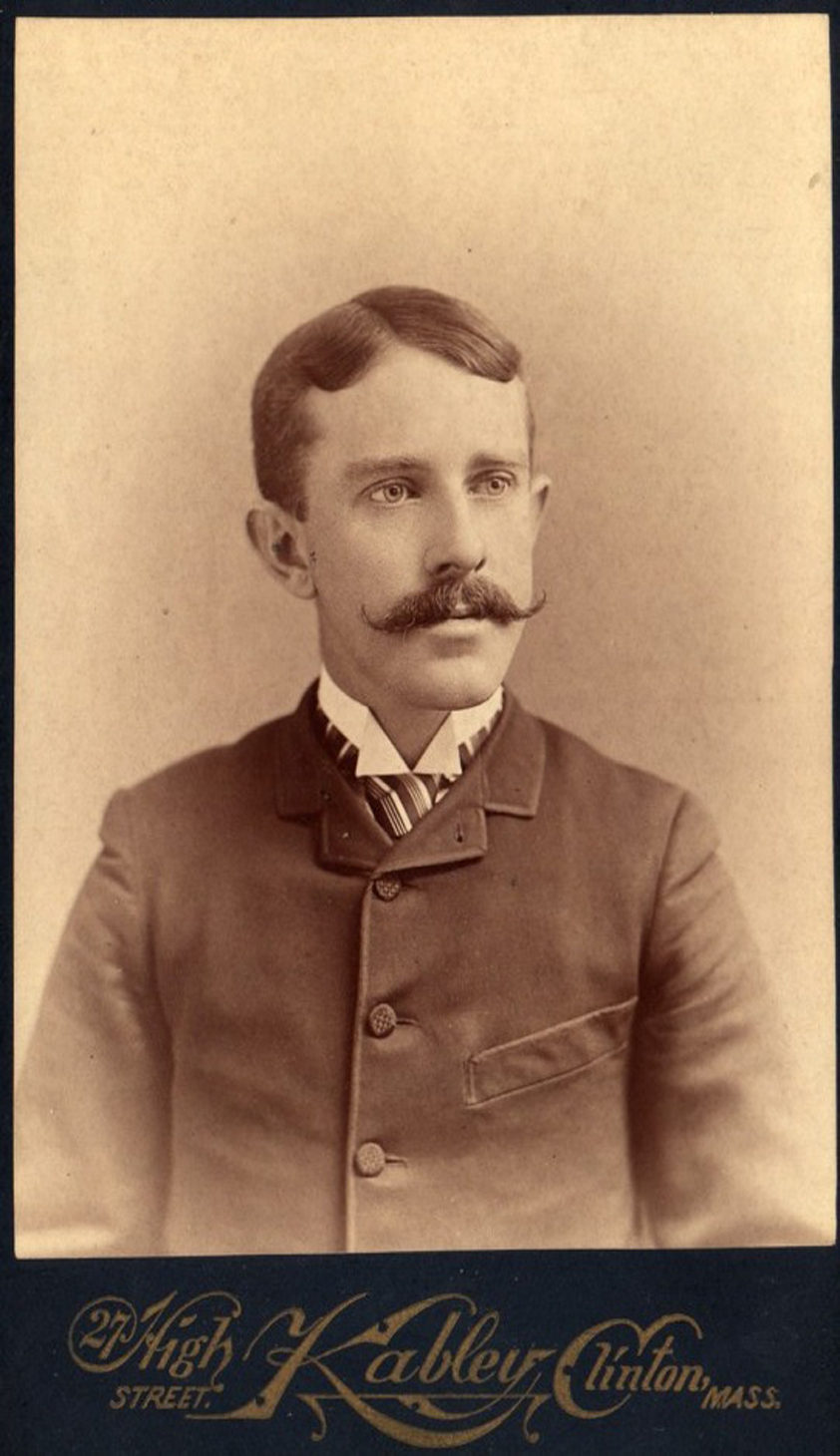Wire rivets are a great way to attach two pieces of metal. Wire rivets can be used in small tight spaces and also can be made to disappear into the surface if needed. Working with a small curved surface can be difficult and a wire rivet works perfectly with a few tricks!

The first step is to dap a round disk, see
Why Dap? blog for details and how to.

After dapping, use a center punch and mark where you want to drill. Always drill after the dapping if you are doing a rivet as dapping can distort the hole. An accurate tight fit is essential for scucessful riveting. Use a
size 52 drill bit if using a jewler's drill or a 1/16th inch if using one from the hardware store. These will match a 16 gauge piece of wire. Use
16 Gauge Sterling wire as it's softer and easier for the beginner.
!

When drilling, always hold the metal with a pair of pliers to keep it from spinning and slicing your fingers! After you do it a few times you will remember. Tip: In an emergency duct tape will hold a sliced finger together, though students usually are not amused...

Set your disk on the metal you are rivetig it to and make a mark with a fine sharpie.

Lightly tap the mark with a center punch so your drill doesn't "skitter" when you drill it. Use the same size 52 drill bit and drill straight in. An angle can make the rivet hard to set...

Prepare the wire rivet by snipping the end of the 16 gauge wire with a pair of
Flush Cutters with the flat side toward the wire. Check how flat the cut is, that will make it must easier to work on.

Grab the end of the wire with a
Flat Nose Plier leaving a tiny amount sticking above and cut flush against the plier. The amount sticking up should be a bit more than the width of the fine sharpie point.

Don't use a pair of "princess" pliers as the riveting could damage them. Use a
Bench Block and a the ball peen end of a
Chasing Hammer. Lay the flat nose plier on the bench block and hold the wire striaght upright. Tap the end with the ball peen end kind of stroking the wire outward from it's center to help it spread. When it starts to look like a nail head then you are ready to complete the rivet. Most jeweler's use a vise to hold the wire but I always had "issues" with it and finally resolved it with my flat nose plier method.

Insert the wire rivet through the concave side of the dapped disk then through the flat back piece. Use a dapping punch that is smaller than the dapped disk set the assembly on it. The purpose is to have "metal to metal" which is necessary to rivet. This might take a bit of practice to keep the rivet against the curve so it doesn't fall out. The other option is to use the ball peen end of a hammer instead of a dapping punch. Either one can be held in a vice to keep them secure.

Trim the raw end of the wire rivet with the flush end of the pliers. If you leave too much the rivet will buckle and too little won't allow you enough metal to form a proper rivet. Again, use the width of a fine sharpie marker. This photo is a little too much wire as it was tight to photo and show the layers.

The scale is better in this photo and shows the amount that should be left sticking up for a good rivet. Tap out with the ball peen end of the hammer and again stroke so the wire spreads and holds the rivet.

Make sure the back of the rivet is securly butted up against the metal of the form.

After you have made the wire spread on this side, flip it over and use the same dapping punch to spread the top side and flip back and forth until the piece is very tight and secure.

Try this method and send me a photo of what you created with it! Riveting can really free up your creative process and allow you to assemble a lot of interesting pieces. There will be an Objects and Elements prize for the best idea picked by the staff.





